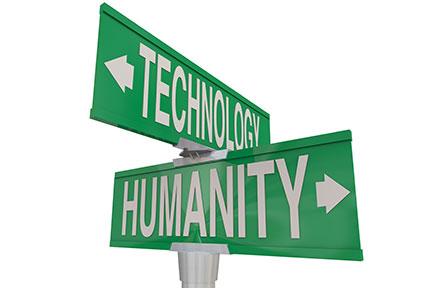
I was visiting a memory care community earlier this week and observed once again the difference in the behavior of the residents when engaged by a staff member and when left to their own devices.
There are a couple of outliers who seem to be in constant motion. They will wander into a common area where other residents are seated, look around, sit down for a moment, then get up and resume their journey.
There is one former flight attendant who believes she is an employee and is always seeing to the needs of the other residents.
But everyone else is guided somewhat reluctantly from their rooms to one of several common areas where they watch TV, participate in an organized activity or have a meal or snack. And if they are not doing one of those — and it is impossible to schedule activities for every moment of the day — they just sit. With few exceptions, there is very little conversation or interaction among the residents.
I’ve been hearing a lot lately about how technology will improve the quality of care in senior living communities, and, just as importantly, reduce the staffing requirements. That’s critical because no one believes there will be sufficient numbers of trained nurses, care associates, therapists, and other health professionals and staff to care for the enormous elderly population that is only just beginning to explode into our collective consciousness.
Technology is a wonderful thing. As is the burgeoning Internet of Things industry. New levels of connectivity informed by the insights we garner from the Big Data we are busy collecting and crunching promise to make all our lives happier, healthier and more efficient and convenient. I’m thinking “streamlined."
But back to memory care. When residents are not engaged by a staff member or visiting family member or the girl with the guitar, everything seems to be on hold. Is there a technology that can change this? A digitized prompt or hologram that will register somewhere in their consciousness and encourage them to get out the art supplies and paint a red tulip on a sky blue background?
Successful memory care depends on high-touch interaction between staff and residents. Is there a technology on the drawing board somewhere that can displace a percentage of the staff in memory care communities? Or will moving memory care patients from a state of inactivity to engagement always require direction from a caring, nurturing human being?
I am by no means a Luddite, but in this instance, I’m betting on humans. Let me know what you think.
